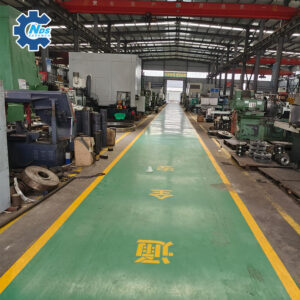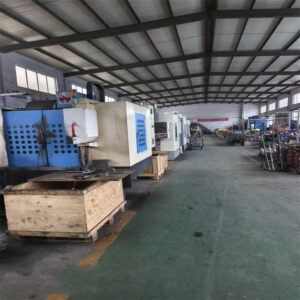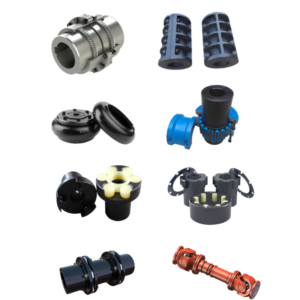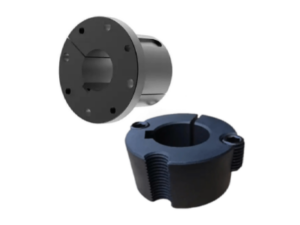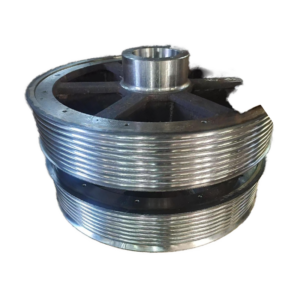Belt pulleys are critical components in power transmission systems, particularly in pump applications. Their ability to transfer rotational motion efficiently and adjust speed ratios makes them indispensable in industrial, agricultural, and residential settings. This article explores the role of belt pulleys in different types of pumps, their advantages, and practical considerations for implementation.
1. Fundamentals of Belt Pulley Systems
A belt pulley system consists of two or more pulleys connected by a flexible belt. The driver pulley (connected to the power source, such as an electric motor) transmits torque to the driven pulley (connected to the pump). By varying the diameters of the pulleys, the system can adjust the rotational speed and torque delivered to the pump, optimizing performance for specific operational requirements.
2. Types of Pumps Using Belt Pulleys
2.1 Centrifugal Pumps
Centrifugal pumps rely on high-speed rotation to generate kinetic energy for fluid movement. Belt pulleys allow precise control of impeller speed, ensuring efficient energy transfer. For example, in irrigation systems, variable pulley sizes enable farmers to adjust water flow rates without altering motor settings.
2.2 Reciprocating Pumps
In reciprocating pumps (e.g., piston or diaphragm pumps), belt pulleys provide smooth power transmission, reducing vibrations caused by the pump’s cyclical motion. This is critical in applications like oil and gas, where equipment longevity depends on minimizing mechanical stress.
2.3 Gear Pumps
Gear pumps require constant torque for steady fluid displacement. Belt drives with properly tensioned belts prevent slippage, ensuring synchronized operation between the motor and pump gears. This setup is common in hydraulic systems and fuel transfer applications.
2.4 Submersible Pumps
While submersible pumps are often directly coupled to motors, belt pulley systems are used in surface-mounted configurations for maintenance flexibility. For instance, in wastewater treatment plants, belt-driven submersible pumps simplify motor replacement without disturbing submerged components.
3. Advantages of Belt Pulley Systems in Pumps
- Speed Flexibility: Adjusting pulley diameters allows operators to fine-tune pump speed without replacing motors or pumps.
- Vibration Damping: Belts absorb shocks and vibrations, protecting both the motor and pump from wear.
- Cost-Effectiveness: Belt drives are cheaper to install and maintain compared to direct-drive or gear-driven systems.
- Overload Protection: Slippage during sudden load spikes prevents catastrophic failure, acting as a mechanical fuse.
4. Key Design Considerations
- Pulley Ratio: The diameter ratio between driver and driven pulleys determines the speed reduction or increase. For example, a 1:2 ratio doubles the driven pulley’s torque while halving its speed.
- Belt Type: V-belts, timing belts, or flat belts are selected based on load, environmental conditions, and alignment precision.
- Alignment: Misaligned pulleys cause premature belt wear and energy loss. Laser alignment tools are often used for precision.
- Tensioning: Proper belt tension ensures power transmission efficiency and longevity. Automatic tensioners are employed in critical applications.
5. Industry Applications
- Agriculture: Belt-driven centrifugal pumps in irrigation systems optimize water delivery across varying terrains.
- Oil & Gas: Reciprocating pumps with belt drives handle high-pressure fluid injection in drilling operations.
- HVAC: Circulator pumps in heating/cooling systems use belt pulleys to balance flow rates with energy consumption.
- Mining: Heavy-duty slurry pumps rely on robust belt drives to withstand abrasive materials.
6. Maintenance and Challenges
- Belt Wear: Regular inspection for cracks, fraying, or glazing prevents unexpected downtime.
- Environmental Factors: Dust, moisture, or chemical exposure can degrade belts. Enclosures or coated belts mitigate these risks.
- Efficiency Loss: Belt slippage or misalignment reduces energy efficiency. Modern systems integrate sensors to monitor performance in real time.
7. Future Trends
- Smart Pulley Systems: IoT-enabled pulleys with embedded sensors predict maintenance needs and optimize speed dynamically.
- Composite Materials: Lightweight, high-strength belts and pulleys improve efficiency and reduce inertia.
- Hybrid Drives: Combining belt systems with variable frequency drives (VFDs) offers unparalleled control in smart pumping networks.

